The best fiction novels are an extension of their author’s imagination. The greatest works of creative writing often seem matter-of-fact in their presentation. For example, dragons can exist and soar through the skies without needing to explain how and why they do so unless it is within the scope of the story. With the endless library of amazing literature, the best fiction novels feature intriguing plots, relatable characters, and much more.
Within the realm of fiction, there exist timeless gems that have left an indelible mark on literature and the human imagination. One masterpiece navigates the intricate corridors of a dystopian society, offering a haunting reflection on the consequences of conformity and control. Another transports readers to the mystical realms of a vividly imagined world, where magic and destiny intertwine in an epic saga of heroism and sacrifice. Yet, a third work weaves a tapestry of complex characters and moral dilemmas against the backdrop of a war-torn era, evoking profound questions about humanity’s capacity for love and cruelty.
Each of these novels, in its unique way, invites readers to explore the depths of human nature, grapple with the forces that shape our lives, and contemplate the mysteries of existence. These literary treasures transcend time and genre, leaving an enduring legacy that continues to captivate and inspire generations of readers.
So, what should you read next? We turned to expert sources to compile a list of the best fiction novels. Did we miss one of your favorite books? Let us know in the comments below!

The List: Best Fiction Novels, According to Readers
1. “To Kill A Mockingbird” by Harper Lee (1960)
“To Kill A Mockingbird” is an American novel that is often included in classroom curriculum in the United States. The timelessness of its narrative makes this book continue to be relevant. The NY Times reflects, “When you revisit in adulthood a book that you last read in childhood, you will likely experience two broad categories of observation: ‘Oh yeah, I remember this part,’ and ‘Whoa, I never noticed that part.’ That’s what I expected when I picked up ‘To Kill a Mockingbird,’ which was voted the best book of the past 125 years by readers in a recent New York Times poll.”
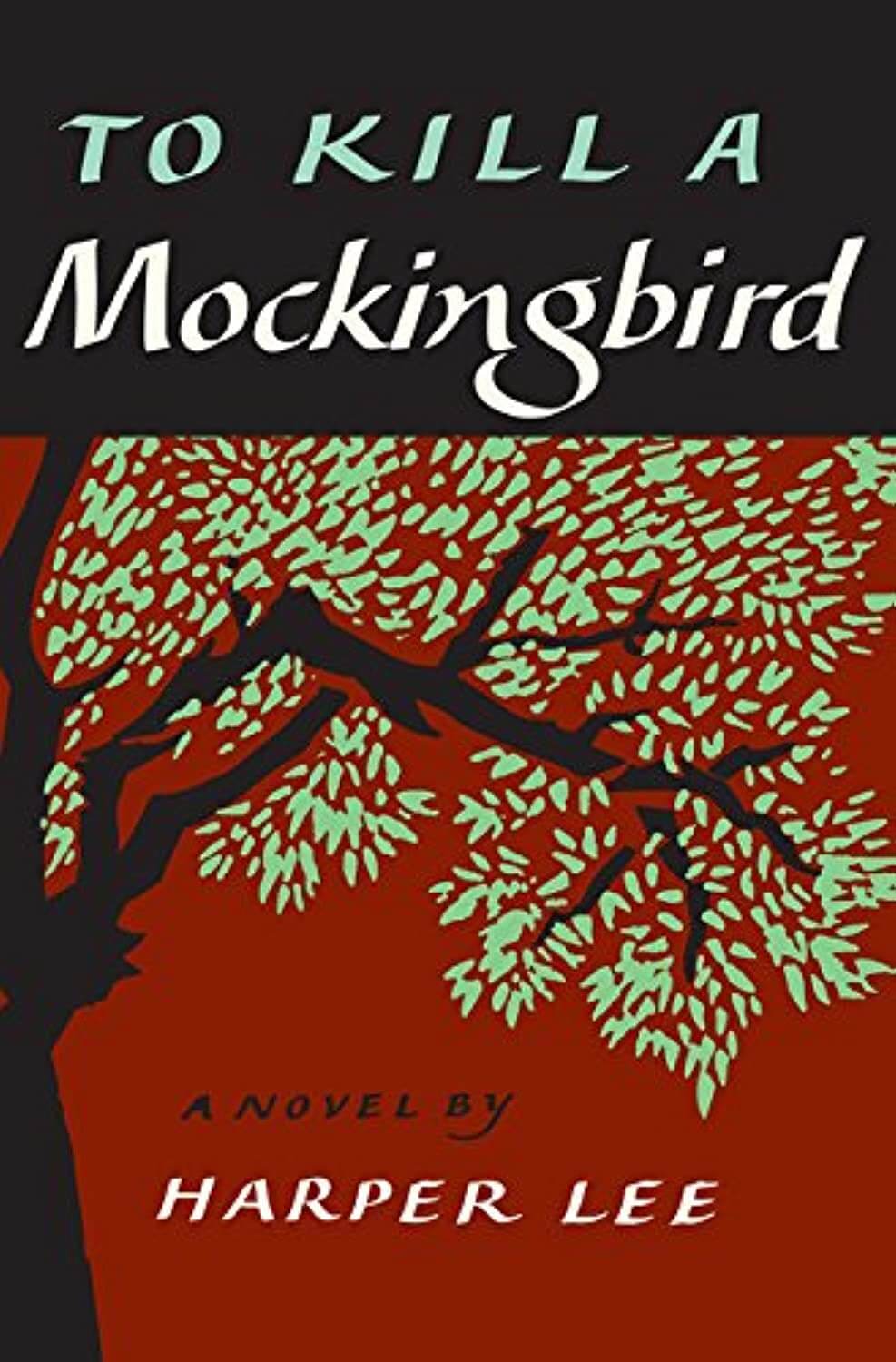
Britannica praises this read. Why? “The novel examines racism in the American South through the innocent wide eyes of a clever young girl named Jean Louise (‘Scout’) Finch. Its iconic characters, most notably the sympathetic and just lawyer and father Atticus Finch, served as role models and changed perspectives in the United States at a time when tensions regarding race were high.”
Refinery29 exclaims, “‘To Kill A Mockingbird’ by novelist Harper Lee was an instant success when it was first published, and has remained so important and relevant that it’s still taught in schools today. A timeless story about compassion, justice and innocence, this novel explores a child’s path to understanding racism and broader humanity during the Great Depression in the Southern states of America. Widely considered one of the great American novels, it has stood the test of time.”
2. “Pride and Prejudice” by Jane Austen (1813)
This seminal work of fiction is also frequently studied in the classroom. It is a fascinating look at high-society life that often feels like Austen is a tour guide, taking her readers on a trip through time. Barnes & Noble says, “‘Pride and Prejudice’ is one of the most popular novels in English literature to illustrate social issues. Featuring a strong female character, Lizzy’s intelligence, charm, and resilience shows off a feminist perspective and social class deconstruction that was rare in the 19th century. If that isn’t enough to want to read this popular classic, how about an enchanting romance story and comedy, too?”
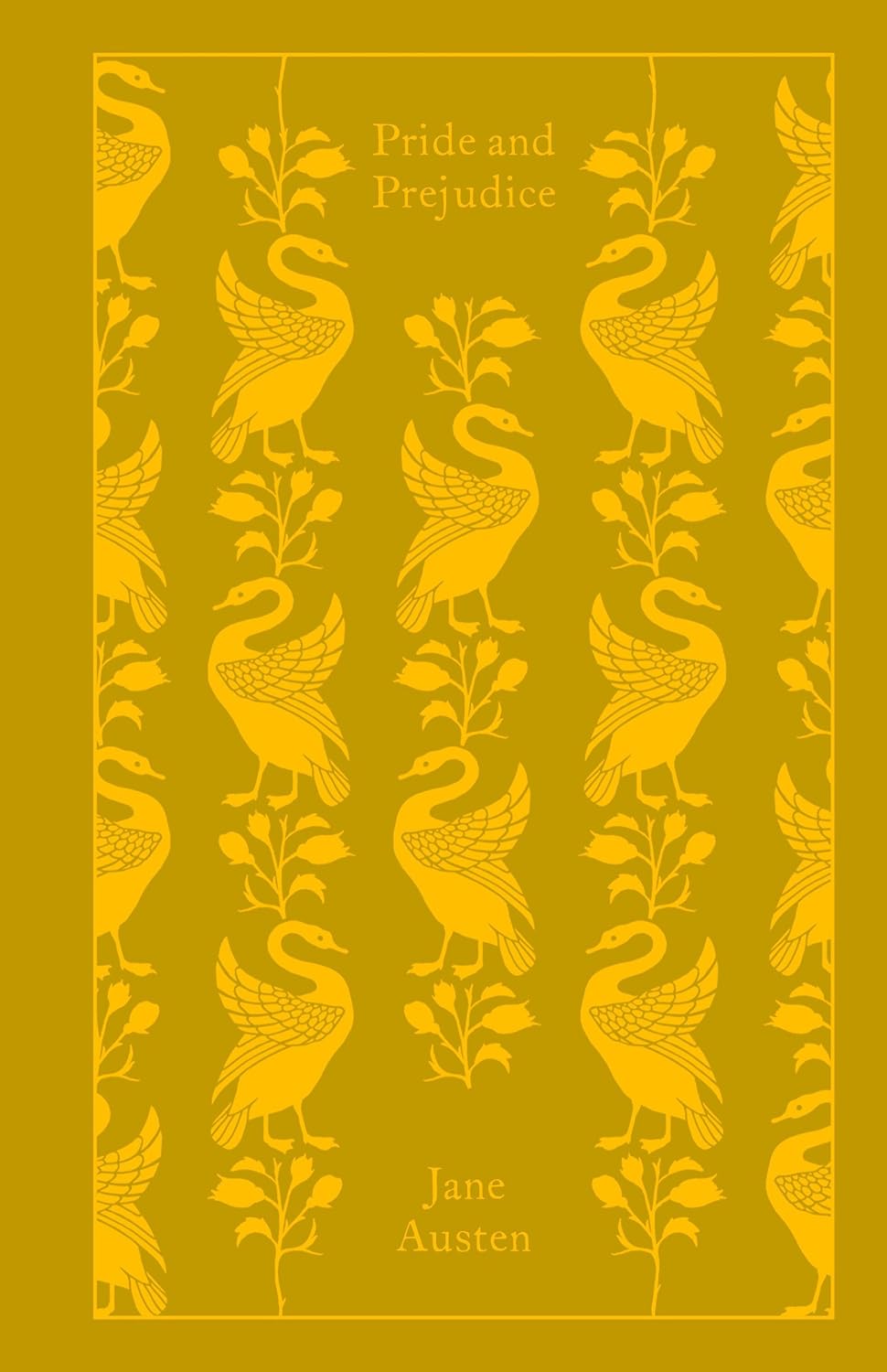
“A timeless classic, ‘Pride and Prejudice’ is a romantic novel and one of Jane Austen’s significant works. Published in 1813, the novel first came out anonymously in three volumes. Since 1938, this 19th-century story has seen at least 17 film and TV adaptations,” describes Lifestyle Asia.
“It is a truth universally acknowledged that when most people think of Jane Austen they think of this charming and humorous story of love, difficult families and the tricky task of finding a handsome husband with a good fortune,” elaborates Penguin.
3. “Anna Karenina” by Leo Tolstoy (1878)
The lives of the aristocratic elite can seem like a recurring theme among the classics of literature. This story of passion, heartbreak, and betrayal still draws in many readers today. Reader’s Digest comments, “Leo Tolstoy’s sweeping Russian tale of star-crossed lovers is littered with swoon-worthy quotes like, ‘He stepped down, trying not to look long at her, as if she were the sun, yet he saw her, like the sun, even without looking.’ Described by Fyodor Dostoevsky as ‘flawless,’ this one belongs on any book collector’s shelf.”
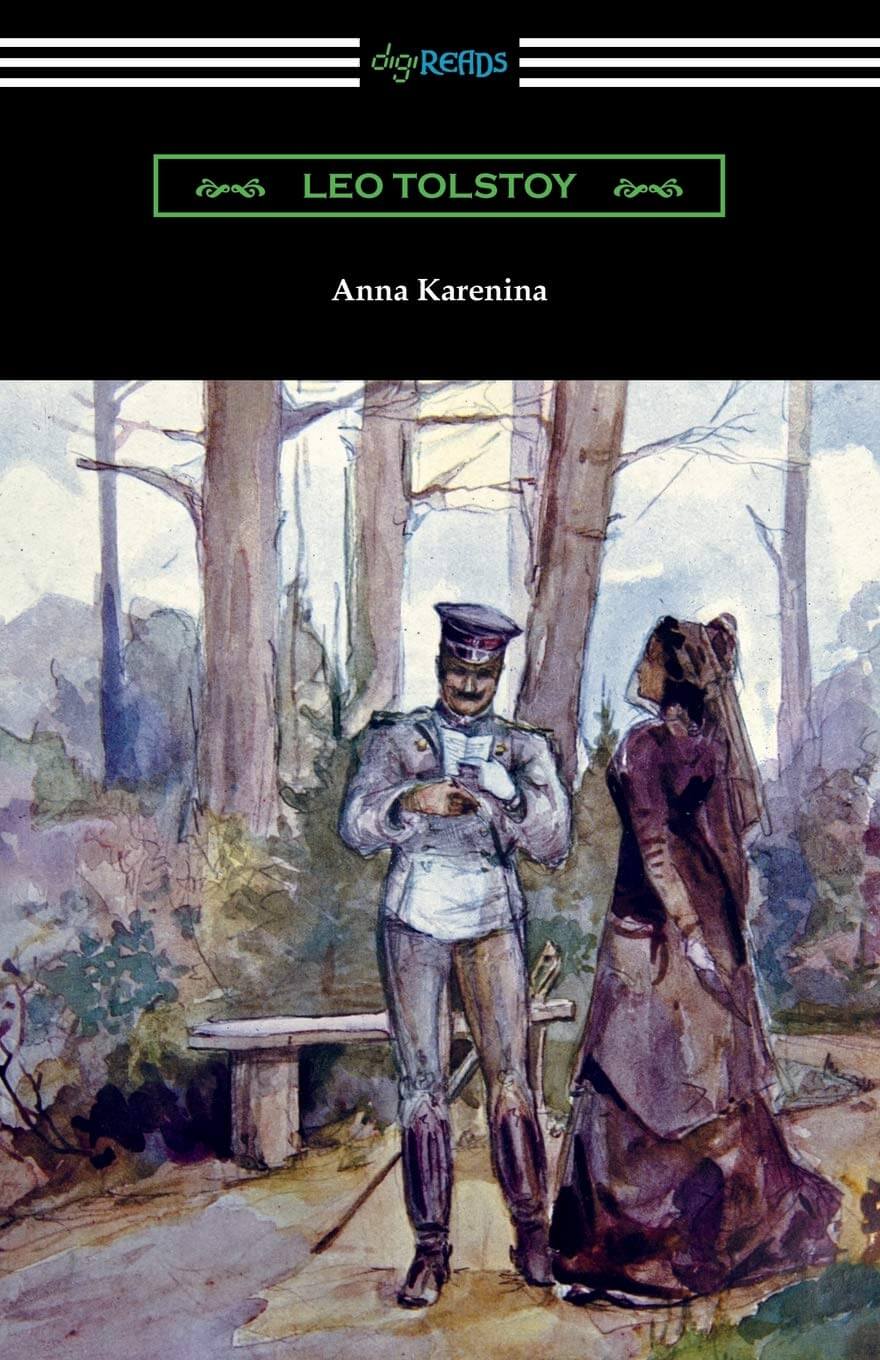
Medium adds, “Tolstoy described ‘Anna Karenina’ as his first true novel. Others have since described it as the greatest work of literature ever written. In 1874 Russia, Prince Oblonsky, the brother of ‘Anna Karenina,’ has an affair with his housemaid. Anna travels from Saint Petersburg to Moscow in an attempt to save his marriage.”
“‘All happy families are alike; each unhappy family is unhappy in its own way.’ The first line of ‘Anna Karenina’ still resonates, nearly 150 years after it was first published. The rest of the story still fascinates too. You don’t need to be an aristocrat in Imperial Russia to appreciate the intricacies of love, heartbreak and what it means to be loyal,” details Woman & Home.
4. “One Hundred Years of Solitude” by Gabriel García Márquez (1967)
“One Hundred Years of Solitude” is a magical realism novel. This book contains fantastic events while at the same time telling an all-too-relatable story of human failings. Book Bub explains, “There’s a short list of novels that defined a genre and became inextricably tied to it. ‘One Hundred Years of Solitude’ is often regarded as one of the first true books written in the magical realist style, as well as one of the most important Latin American novels ever published… If you’re unfamiliar with magical realism and want a crash course, this is the perfect place to start.”
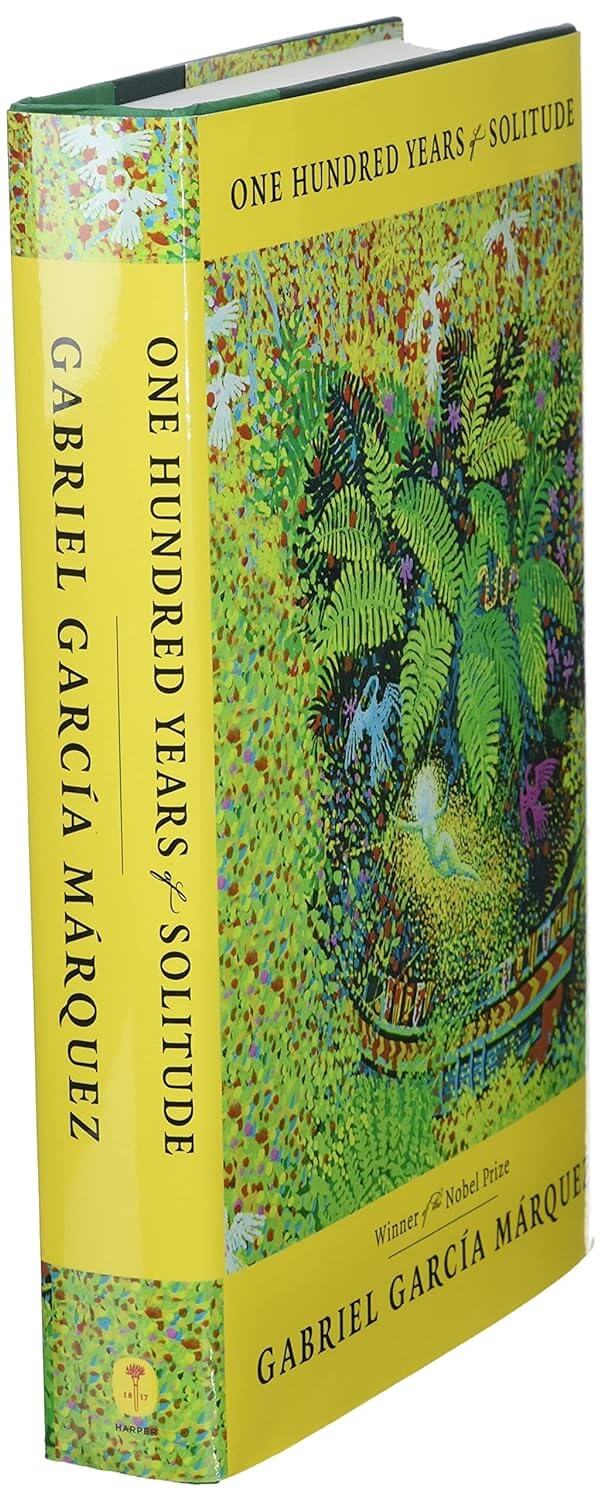
NY Times offers, “As a piece of literature, it was an earthquake moment, shattering the expectations of a typical realist novel and spawning influences in authors and works from Japan to India and beyond. Out of all the works to have emerged in the last 125 years, none has created a ripple effect, or changed the landscape of literature, as much as this has.”
Britannica states, “The novel tells the story of seven generations of the Buendía family and follows the establishment of their town Macondo until its destruction along with the last of the family’s descendants. In fantastical form, the novel explores the genre of magic realism by emphasizing the extraordinary nature of commonplace things while mystical things are shown to be common.”
5. “Jane Eyre” by Charlotte Brontë (1847)
“Jane Eyre” follows the life of a woman in the 19th century. Like many of the other works on this list, its characters feel alive and relatable. Refinery29 claims, “‘Jane Eyre’ follows the eponymous protagonist from childhood to adulthood, including her eventual love for Mr. Rochester, the master of Thornfield Hall, where Jane works as a carer for his ward Adèle. This novel is considered ahead of its time due to Jane’s independence and Brontë’s approach to sexuality and feminism within its pages.”
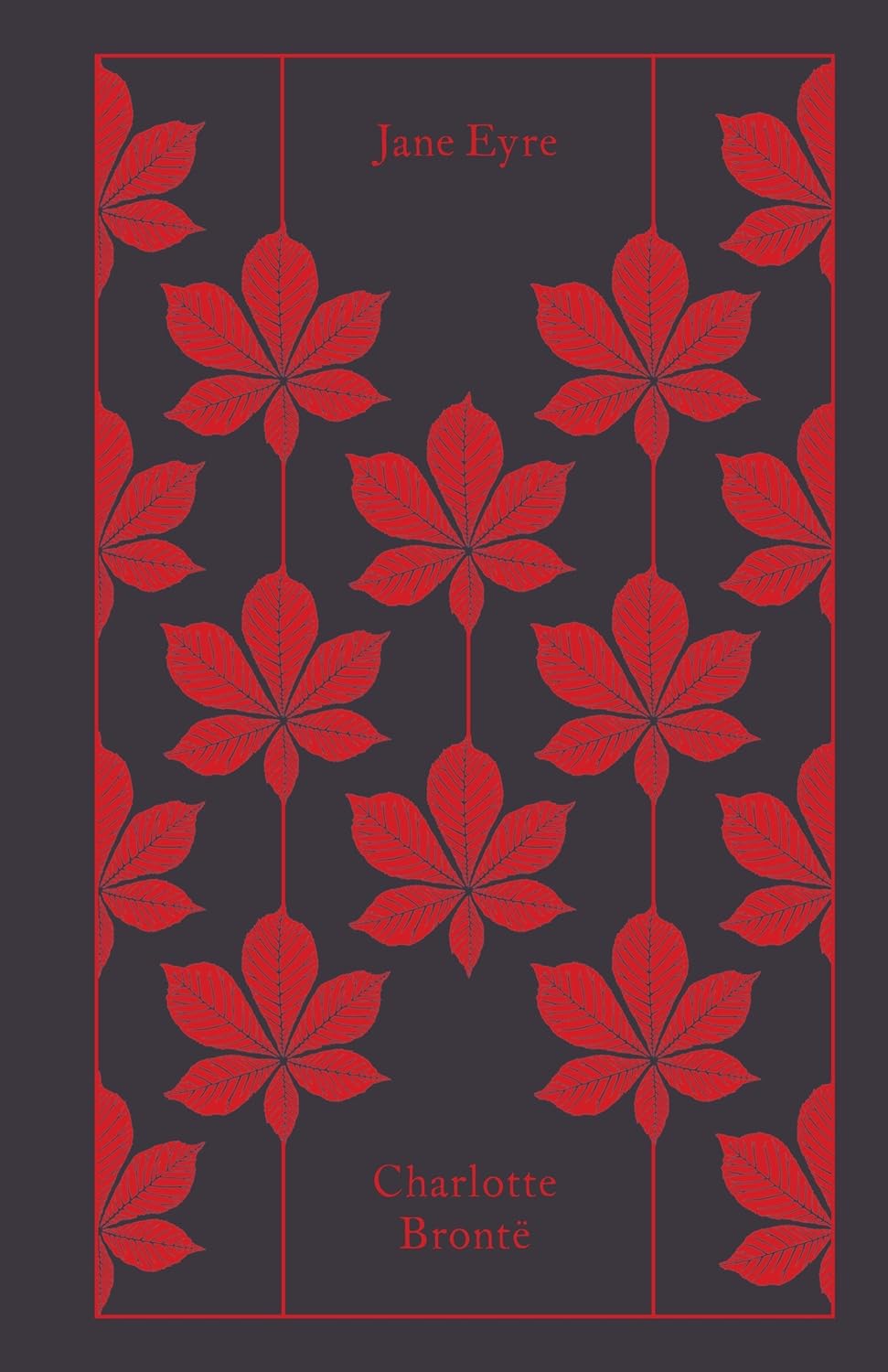
“One of literature’s steeliest heroines, in her short life ‘Jane Eyre’ has overcome a traumatic childhood only to be challenged by secrets, strange noises and mysterious fires in her new home of Thornfield Hall. All while falling in love with her employer, Mr. Rochester. [‘Jane Eyre’ is] A Gothic masterpiece that was groundbreaking in its intimate use of the first-person narrative,” relates Penguin.
“The story begins with a 10-year-old orphan girl, Jane, who is mistreated by her aunt. Soon, she is sent off to a boarding school, but her miseries don’t end there. After spending eight years in the institution, she takes up a governess position at a manor, where she falls in love with Mr. Rochester. However, it’s not all ‘happily ever after’ just yet, as more suffering is on the cards,” reviews Lifestyle Asia.
You might also be interested in:
Sources:
- NY Times
- Britannica
- Refinery29
- Barnes & Noble
- Lifestyle Asia
- Penguin
- Reader’s Digest
- Medium
- Woman & Home
- Book Bub
Note: This article was not paid for nor sponsored. StudyFinds is not connected to nor partnered with any of the brands mentioned and receives no compensation for its recommendations.
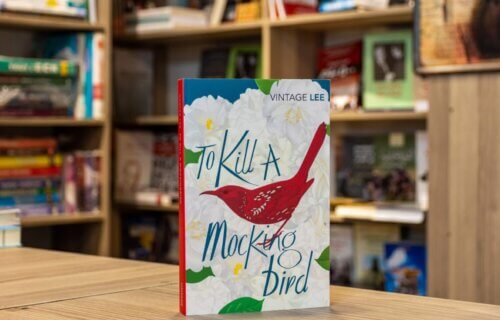
Definitely classics worth reading, but the best? Experts? List articles don’t add much to the world. They easy to write and don’t take much thought
To Kill a Mockingbird is sentimental young adult book. How about:
Moby Dick. War and Peace. Tristam Shandy.
The two great American Southern Novels are
The Sound and the Fury by William Faulkner and
Their Eyes Were Watching God by Zora Neale Hurston.
The greatest novel of the twentieth century is Ulysses by James Joyce.
I would like to see someone treat Middlemarch by George Eliot as a literary masterpiece. Surely this book encompasses an incredible time in history, from the political scene to the industrial revolution. This book is a masterpiece.
What about Gibran Kahlil Gibran book : The Prophet, the most read book worldwide and translated into 22 languages.
What about the book, The Prophet, by the author Gibran Khalil Gibran, the most read book worldwide and translated into 22 languages.
Why was Crime n Punishment by Dosteoyvesky not in the list n Jane Eyre is not that much of a novel to be placed among top five, Wuthering Height is far better !!
To have To Kill a Mockingbird in with the others is a joke! It’s a fine book for junior high school, but hardly a literary masterpiece. Honestly ! And no Melville, Dostoevsky, Conrad, Proust, Chekov, or Joyce. I’d love to see the names of the “experts” who compiled this list.
We, in Soviet Union, read all the five masterpieces well before we reached 25 years of age.
I also love Sense and Sensibility by Jane Austin. Most of the GREAT books are outstanding movies. I’m making my granddaughter read some of these books, then show them the movie. I’m amazed at how much they prefer the book.